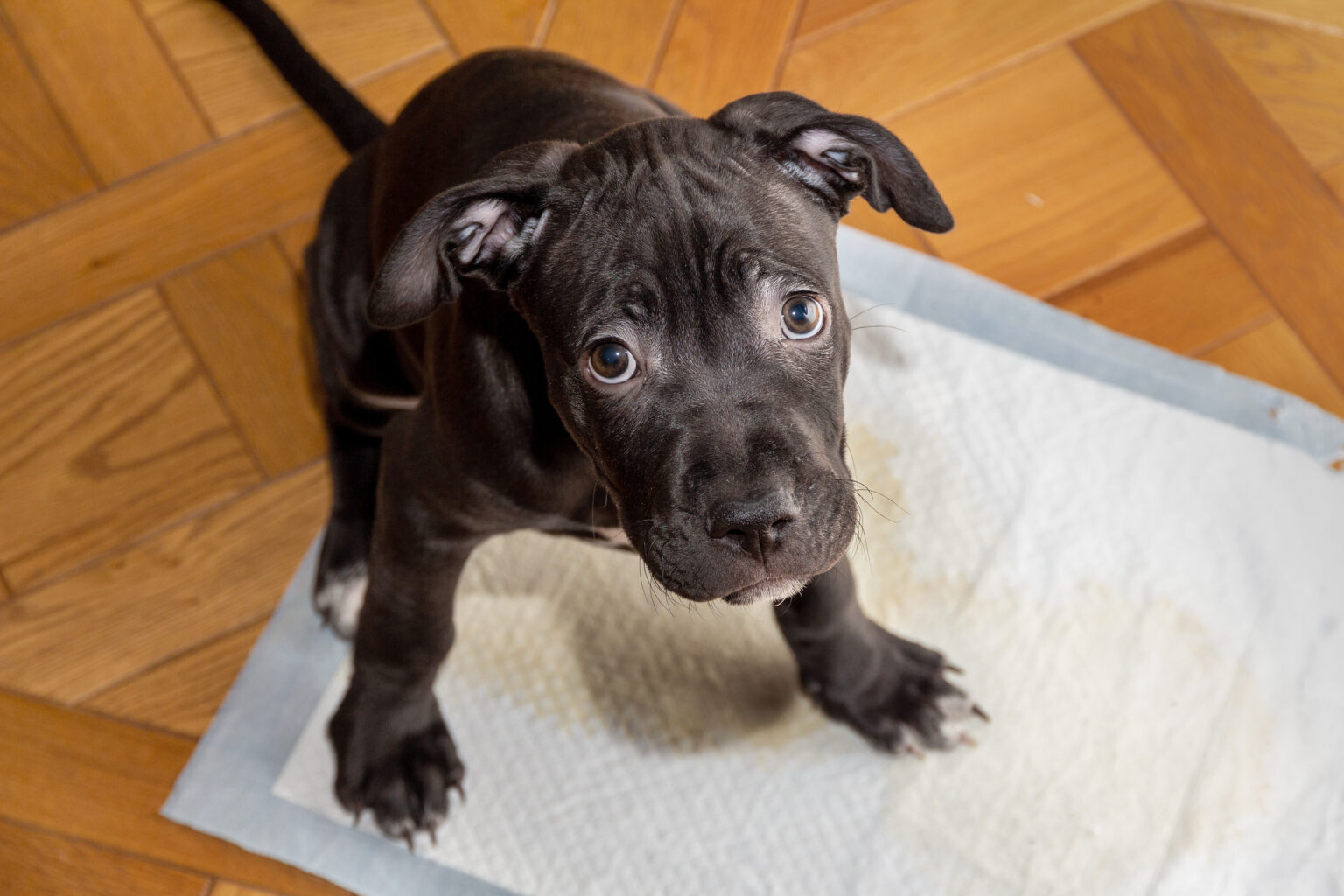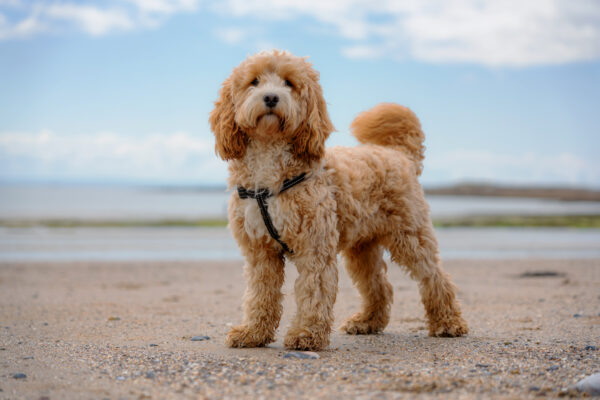You’ve chosen your puppy and brought them home. Now the real fun begins – playing with your new family member, yes, but training your puppy, too. Whilst your little one is still learning to control their bladder, puppy pads can come in handy. To help you swat up on how to toilet-train a puppy with pads, we spoke to our resident vet. Roll with our advice (pun very much intended) and your puppy will be accident-free in no time.
How to toilet train a puppy step by step
Step 1: Choose where to place their puppy pads
This should be somewhere that your pup has easy access to, especially after eating or drinking. Try not to move their training pads, as this can cause confusion. If you’re not sure how to keep puppy pads in place, a puppy pad holder will secure it in place; simply replace this as needed.
Step 2: Watch out for signs that your puppy needs to go to the bathroom
These can include your puppy becoming restless, sniffing the ground, and circling. If you can’t watch your puppy at all times, limit their movement to one small room. Alternatively, swat up on how to crate train puppies; your little one is unlikely to go to the toilet where they sleep. However, don’t leave puppy training pads in their crate – mischievous pups like to chew and swallow things they shouldn’t.
Step 3: Frequently place your puppy on their training pads
This is key when they wake up (no matter the time of day) and after eating or drinking – two prime times that they’ll want to go! It’s a good idea to associate going to the toilet with a short word or phrase and use this when placing them on their puppy pads. You shouldn’t leave your puppy alone for too long when toilet training then, as it can slow down progress.
Step 4: Reward your puppy if they use their puppy pads successfully
Be sure to praise them and give them plenty of puppy treats. Don’t punish your puppy if they have accidents; they’re unlikely to understand why you’re angry. If you do manage to catch your pup mid-stream, gently pick them up (as not to scare them) and move them to their training pads.
Step 5: Try not to get frustrated or despondent
Some dogs learn quicker than others, so don’t worry if your pup doesn’t pick up how to use puppy pads straight away. Puppies usually can’t hold their bladder for more than a few hours – and it can take up to 4 months for them to have full control.
Step 6: Move their puppy training pads towards the door
Start to do this once your puppy has started to master how to use puppy pads. Continue to use the same key-word-and-reward technique, allowing them to gradually adjust to their puppy pads being away from their bed and bowls.
Step 7: Finally, move their training pads outside and onto the grass
Remember lots of praise and encouragement. Transitioning them to ‘going’ outside is a key step of toilet training your puppy. Doing so will avoid dependence on their puppy pads to use the toilet.
Our vet’s top tip: Use an enzymatic cleaner to clean up any accidents effectively, as dogs will go back to places they can smell they’ve gone before.
Our articles are not a replacement for face-to-face vet advice. It’s important to consult with your vet regularly to raise any pet concerns that you may have.



